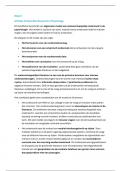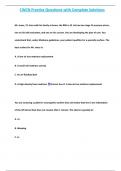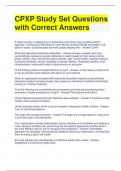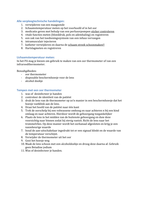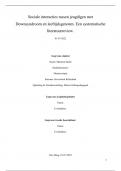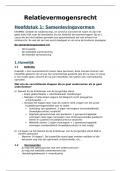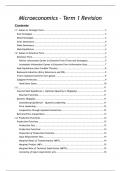FATIMA ABDALLAH- Unit 8A Skeletal system
Functions of the skeletal system
https://www.britannica.com/science/human-skeleton
The skeletal system is
consistent of bones and
cartilage joined together
by ligaments to create a
framework for the rest of
the body tissue. There
are two main parts to the
skeleton: Axial skeleton
and the appendicular
skeleton. The axial
skeleton consists of
bones along the axis of
the body, this includes
the skull,cribbage and
vertebral rib cage. The
appendicular skeleton-
appendages like the
upper and lower limbs,
pelvic girdle and shoulder
girdle. In addition to Contributing to the bodies Overall shape the skeletal system has several key
functions such as:
support and movement- Ligaments and tendons attach to bones, forming a skeletal framework
that allows movement to be produced through the coordinated use of levers, muscles, tendons,
and ligaments. The bones serve as levers, while the muscles generate the forces that allow the
bones to move.
protection- Bones provide protective boundaries for soft organs: The brain is protected by the
cranium, the spinal cord is protected by the vertebral column, the heart and lungs are protected
by the ribcage, and the urogenital organs are protected by the pelvis.
mineral homoeostasis- Bones contain approximately 99 percent of the body's calcium, 85
percent of its phosphate, and 50 percent of its magnesium as the body's main mineral reservoirs
(Bartl and Bartl, 2017). They are necessary for maintaining mineral homoeostasis in the blood,
with minerals stored in the bone being released in response to the body's demands, with
hormones such as parathyroid hormones maintaining and regulating levels.
blood cell formation- Haemopoietic stem cells found in red bone marrow produce blood cells.
Because of a decrease in erythropoietin, the hormone responsible for stimulating the
production of erythrocytes (red blood cells) in the bone marrow, babies are born with only red
bone marrow, which is gradually replaced by yellow marrow over time.
, FATIMA ABDALLAH
Attachment of muscles – the bones of the skeleton provide surfaces for the attachment
of muscles. This is why bones are often irregular shapes and have bony points and
grooves to provide attachment points.
Main parts of the muscoskeletal system
The adult human skeleton is made up of 206 bones and cartilages that connect to each other.
Ligaments, tendons, bursae, and muscles protect the bones. The bones of the human body are
divided into two categories: Axial skeleton and appendicular skeleton. The axial skeleton involves
the bones along the long axis of the body. The axial skeleton is built up of vertebral column, bones
of the head and bones of the thoracic cage. The appendicular skeleton, includes bones from the
shoulder and pelvic girdle plus the bones from the lower and upper extremities
Bones
Bones or rigid structures made of calcified dense connective material in a tubular shape with a
longer longitudinal and shorter transverse diameter. Each bone has three main layers:
Periosteum- this is a tough membrane that
protects and surrounds the exterior of the
bone.
Compact bone- beneath the periosteum, is
the compact bone which is hard,white and
smooth. This maintains structural support
and protection.
Spongy bone- This is the centre, the inner
layer of the bone which is soft. It contains
small holes known as pores to store
marrow.
It is also made up a mineral called calcium
phosphate that makes up the framework to be
strong. Bones store and release calcium into
the bloodstream when necessary.
Bones are mainly consisting of compact bone,
while the rest is the spongy bone and bony
marrow. The tissue that the bone is composed of is made out of mineralise bone matrix that is built
from one collagen fibres dispersed around the ground substance. Bones can also be identified
through their shape;
Short bones have roughly cuboid all-round shape, they only contain one thin-layer of compact
bone surrounding the spongy bone for example tarsal and carpal bones
Flat bones are thin, flattened unusually curved. Inside these bones are two parallel layers of
compact bone surrounding a layer of spongy bone. For example, skull bones, scapula, sternum
and sacrum.

